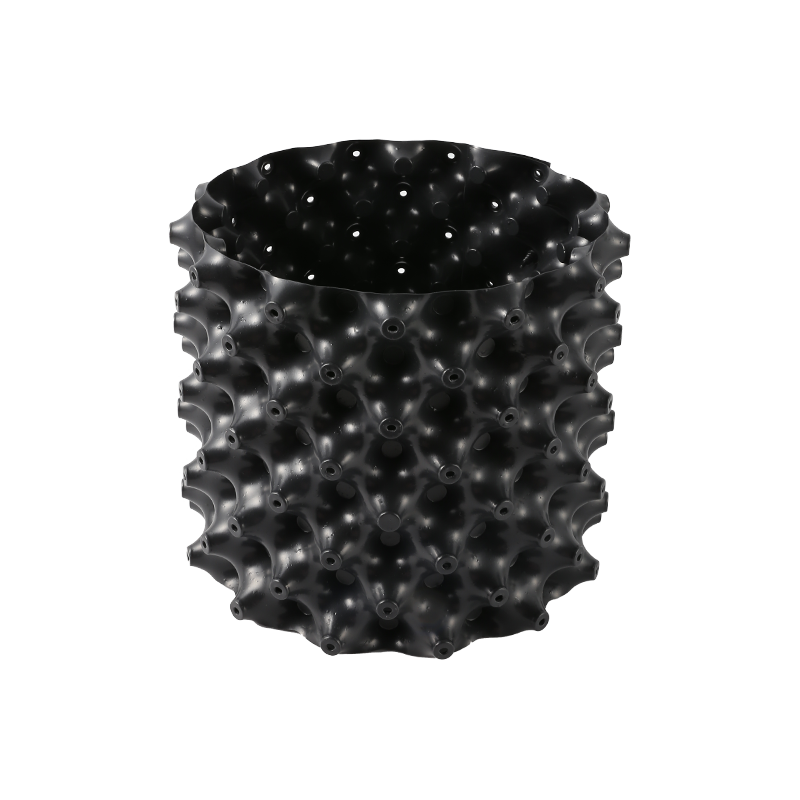Air pots, also known as air pruning pots or air root pruning pots, are containers that are used to grow plants. They are designed to promote healthy root growth by creating an air gap between the root system and the potting soil. This gap helps to prevent the roots from circling around the inside of the pot, which can lead to poor plant growth and development.
Air pots are typically made from a porous material, such as plastic or clay, which allows for air circulation around the root system. This helps to promote healthy root growth and encourages the development of a strong, fibrous root system. Air pots are commonly used to grow a variety of plants, including herbs, vegetables, and flowers.
Some advantages of using air pots include:
Improved root growth: The air gap around the roots helps to prevent them from circling around the inside of the pot, which can lead to better plant growth and development.
Increased oxygen levels: The air gap around the roots allows for better oxygen circulation, which is essential for plant growth.
Better drainage: The porous material used to make air pots allows for better drainage, which can help to prevent root rot and other issues caused by excess moisture.
Increased efficiency: Because air pots encourage healthy root growth, plants may be able to grow faster and more efficiently, which can be especially beneficial for those growing plants for commercial purposes.
Overall, air pots can be a useful tool for those looking to promote healthy root growth and improve the overall health and productivity of their plants.


Want to get a sample? Please fill in the form, leave your contact information and parameter information.
The egg-carton-like contours of the Durable recycled HDPE plastic air pot may look unusual, but this unique feature is actually the key to enhancing the air-pruning technique. The concave or inward pointing cones direct roots into the convex cones which are open at the tips. When the root reaches the opening and is exposed to air, the apical cells at the very tip of the root dehydrate or become air-pruned. Plants respond to air-pruning by generating more roots in the inner root mass to compensate for the loss, which quickly leads to the development of a dense radial root system that will produce healthier, higher-yielding plants.
The egg-carton-like contours of the Durable recycled HDPE plastic air pot may look unusual, but this unique feature is actually the key to enhancing the air-pruning technique. The concave or inward pointing cones direct roots into the convex cones which are open at the tips. When the root reaches the opening and is exposed to air, the apical cells at the very tip of the root dehydrate or become air-pruned. Plants respond to air-pruning by generating more roots in the inner root mass to compensate for the loss, which quickly leads to the development of a dense radial root system that will produce healthier, higher-yielding plants.


 中文简体
中文简体







